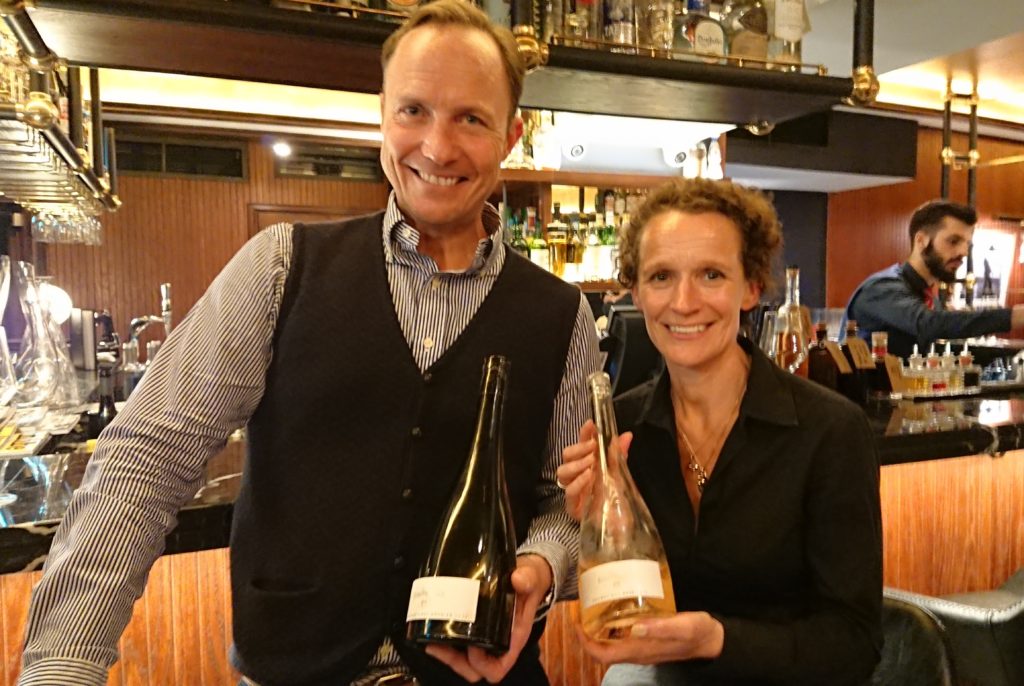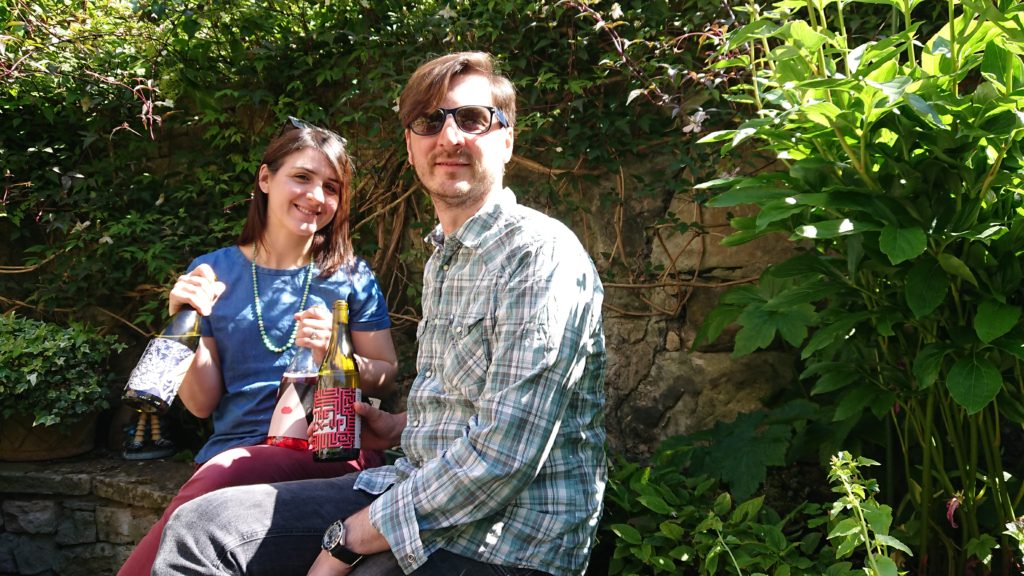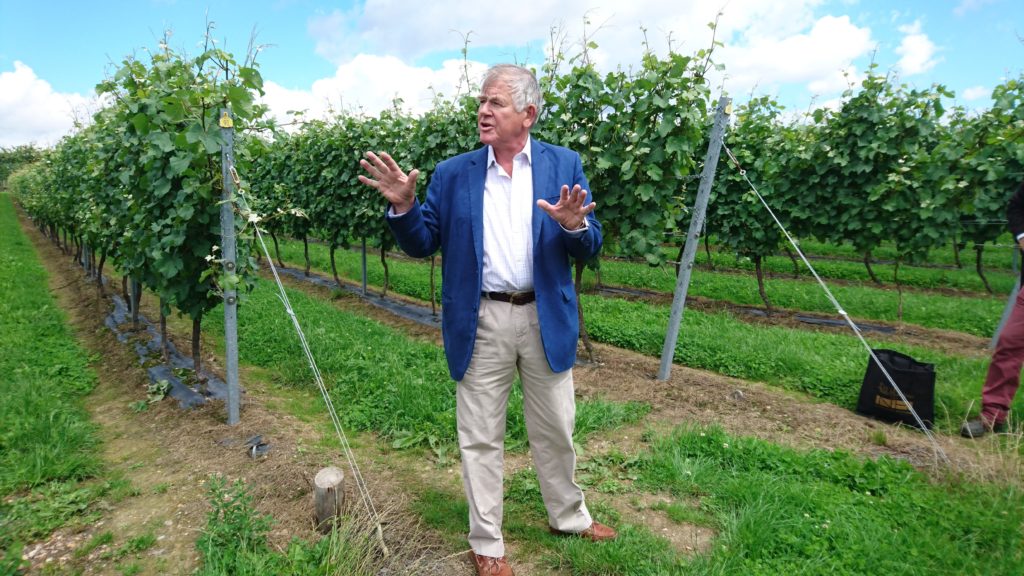
English Wine Week: The Scots making English wine
It may say “English” on the label, but there’s a strong Scottish influence on many bottles, as Peter Ranscombe discovers in the first in a series of articles to mark English Wine Week.
DROP the phrase “English wine” into conversation with a wine lover and usually one of two reactions will emerge.
There’ll either be a waving of the arms and a rush of enthusiasm about some of the most exciting sparkling wines on the planet or there’ll be a sucking of teeth and some muttered insult along the lines of “I tried an ortega in 1970 and I still can’t get the taste out my mouth”.
Perhaps this is the week that those two extremes could finally be reconciled.
English Wine Week kicks off today; it would usually get underway towards the end of May but was postponed due to the coronavirus, giving producers the chance to move their promotional events online.
It’s a chance to discover English wine for the first time – or maybe give it a second chance if you have murky memories from the dim and distant past.
Many people remember the first wave of English wines that turned up as curiosities in the 70s and 80s – names of hybrid grapes like “seyval blanc”, “madeleine angevine” and “rondo” still haunt some people’s dreams.
Those grapes are still doing the rounds, but it tends to be varieties with much more familiar names like “chardonnay”, “pinot noir” and “pinot meunier” about which I tend to get most excited these days.
That’s partly due to their use as the backbone of England’s expanding sparking wine output, but they’re also being used to make increasingly credible still wines.
My mission over the coming week is to encourage you to think again about bottles from south of the Border.
Over the coming days, we’ll explore bottles available from Scotland’s army of independent wine merchants and supermarkets, as well as discovering different styles and stories along the way.
And we’ll begin today with wines made in England by Scots – and adopted Scots too.
Ruth Simpson – Simpsons Wine Estate, Kent

Not content with making wine at their Domaine Sainte Rose winery in the South of France, Ruth Simpson and her Northern Irish husband, Charles, returned to the UK to open Simpsons Wine Estate in Kent, where they make both sparkling and still wines.
Ruth – who, like all the best people on the planet, hails from Inverness – is part of the fifth generation of the Grant whisky dynasty, owner of single malts the Balvenie and Glenfiddich, as well as the eponymous blend.
Their 2019 Simpsons Gravel Castle Chardonnay (£17, Roberson Wine) is an immensely exciting chardonnay, with complex red apple, green apple, lemon rind and apricot on the nose, which lead into squeaking acidity, crunchy green apple and freshly squeezed lemon juice on the palate.
The Simpsons had intended originally to stick to making only sparkling wines in England – but I’m so pleased they changed their minds.
Look out for the single vineyard Roman Road chardonnay too; the forerunner of that wine was part of the genesis for bottling still as well as fizzy wines at Simpsons.
Lynsey Verrillo – Blackbook Winery, London

Born in Aberdeen and bred in Edinburgh, Lynsey Verrillo married American Sergio and the pair set up Blackbook Winery under a railway arch in Battersea.
Their wines are some of the most exciting that you’ll drink from England – Sergio studied at Plumpton College and trained under great winemakers around the world, but he’s not heavy-handed with his winemaking and instead lets the fruit show its identity.
His 2018 Blackbook Nightjar Pinot Noir (£19, blackbookwinery.com) is the perfect case in point – it’s got classic wet leaf, damp earth and raspberry point aromas on the nose, all singing and definitely not hidden by too much oak.
On the palate, its got crunchy red apple, raspberry and spun sugar flavours – making it really enjoyable to drink now – yet the intensity of the fruit and the long raspberry jam note on the finish signpost its ageing potential.
Blackbook has worked hard to develop a great following in Scotland among customers at shops including Cork & Cask in Edinburgh and the St Andrews Wine Company, as well as in restaurants like the capital’s Fhior.
Simon Bladon – Jenkyn Place, Hampshire

When you look at Simon Bladon, you just know that he’s a man who’s going to be very content when he’s fishing on his beat on the Spey when he stays at his home in Aberlour.
When he’s not got a rod in his hand, he’s prowling the vines at Jenkyn Place, his vineyard in Hampshire.
After buying the property in 1997, he roped in winemaker Dermot Sugrue to produce his wines.
I was blown away last week when I revisited the 2010 Jenkyn Place Blanc de Noir (£36, St Andrews Wine Company) – brioche, biscuit, brown sugar, and red apple all mingle on the nose, demonstrating why slightly older good-quality vintage wine can be so exciting.
There’s still plenty of freshness and life left in the acidity, and in the savoury lemon rind, apricot and red apple flavours, with sweeter brown sugar and then touches of confectioner’s custard coming through on the palate. Wow-wee.
Mike Wagstaff – Greyfriars Vineyard, Surrey

What do you do after you’ve sold a North Sea oil and gas company to Scottish Gas-owner Centrica?
For Mike Wagstaff, the answer was to buy a vineyard in Surrey.
Aberdeen-based Venture Production was listed on the stock market and was swallowed up by British Gas’s parent for £1.3 billion in 2009.
Greyfriars has been a long-term supporter of Fizz Feast, the annual sparkling wine festival in Edinburgh, run by Diana Thompson from Wine Events Scotland.
I’m looking forward to trying the newly-released 2015 Greyfriars Sparkling Rosé Reserve (£24, greyfriarsvineyard.co.uk) – the 2014 incarnation won the best English sparkling wine trophy at the International Wine Challenge.
Tomorrow – find out which English wines you can try from Scotland’s independent bottle shops.
TAGS

